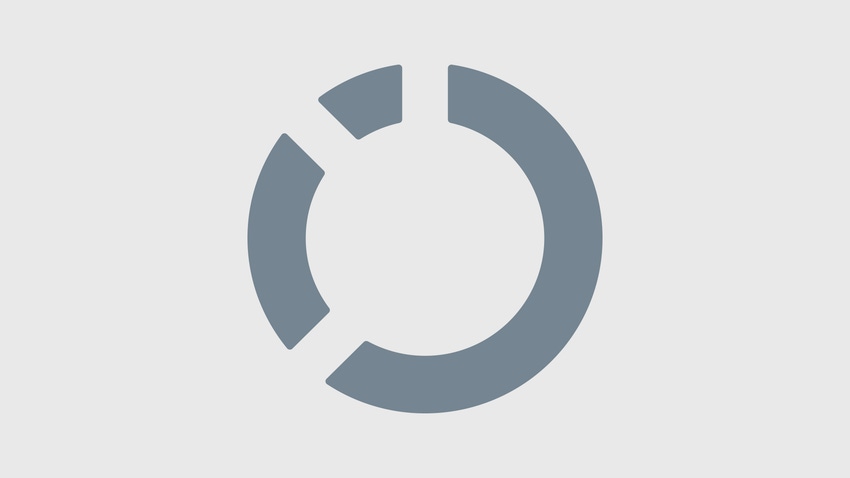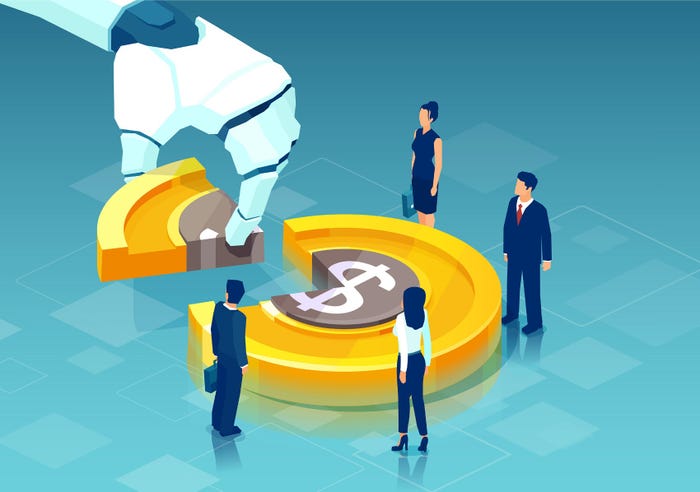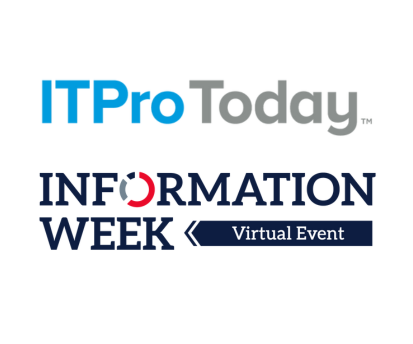Krispy Kreme Turns To Geac To Manage Growth
It's implementing the vendor's performance-management software to improve budgeting, forecasting, and financial analysis.

Since taking the company public in 2000, Krispy Kreme Doughnuts Inc. has been expanding. It now sells more than 2.7 billion doughnuts annually in more than 385 stores as well as several major grocery and convenience stores.
That growth has overwhelmed the company's financial and operational analytics tools, which were largely comprised of Excel spreadsheets. So Krispy Kreme is implementing Geac Computer Corp.'s performance-management software to improve budgeting, forecasting, and financial analysis.
"We were a very small company five years ago, and we really relied on spreadsheets and manual analysis for budget forecasting and other financial-related things," says Paul Harrison, VP of financial planning and analysis at Krispy Kreme.
Harrison and his team began implementing Geac's software in April 2003, and are now using the budgeting, financial consolidation, and sales forecasting tools. By the end of the month, Krispy Kreme will be using the profit-forecasting tool and will be able to analyze all of its wholesale and point-of-sale data.
The software has cut days and weeks out of the time it used to take to put together things like sales forecasts. "In the past, it was all done in Excel, and there's now a good way to manipulate the data if there are changes," Harrison says. "You'd spend days developing a report, and when you were finished, it would be time to start a new one."
The company is already developing new reporting capabilities within the Geac Performance Management system, including the ability to build a graphical, hierarchical report on a particular metric, such as point-of-sale data, that can highlight exceptions at every level. Such capabilities are becoming a must-have for a company whose revenue has grown from $394.4 million in fiscal 2001 to $665.6 million in the current fiscal year. Harrison expects that in a year, the software to be worth 10 times what the company paid for it, adding that, "We're on the path to having it be a tool we can't live without."
About the Author(s)
You May Also Like
Accelerate Your Continuous Testing with UiPath Test Suite
May 7, 2024How to Amplify DevOps with DevSecOps
May 22, 2024Generative AI: Use Cases and Risks in 2024
May 29, 2024





